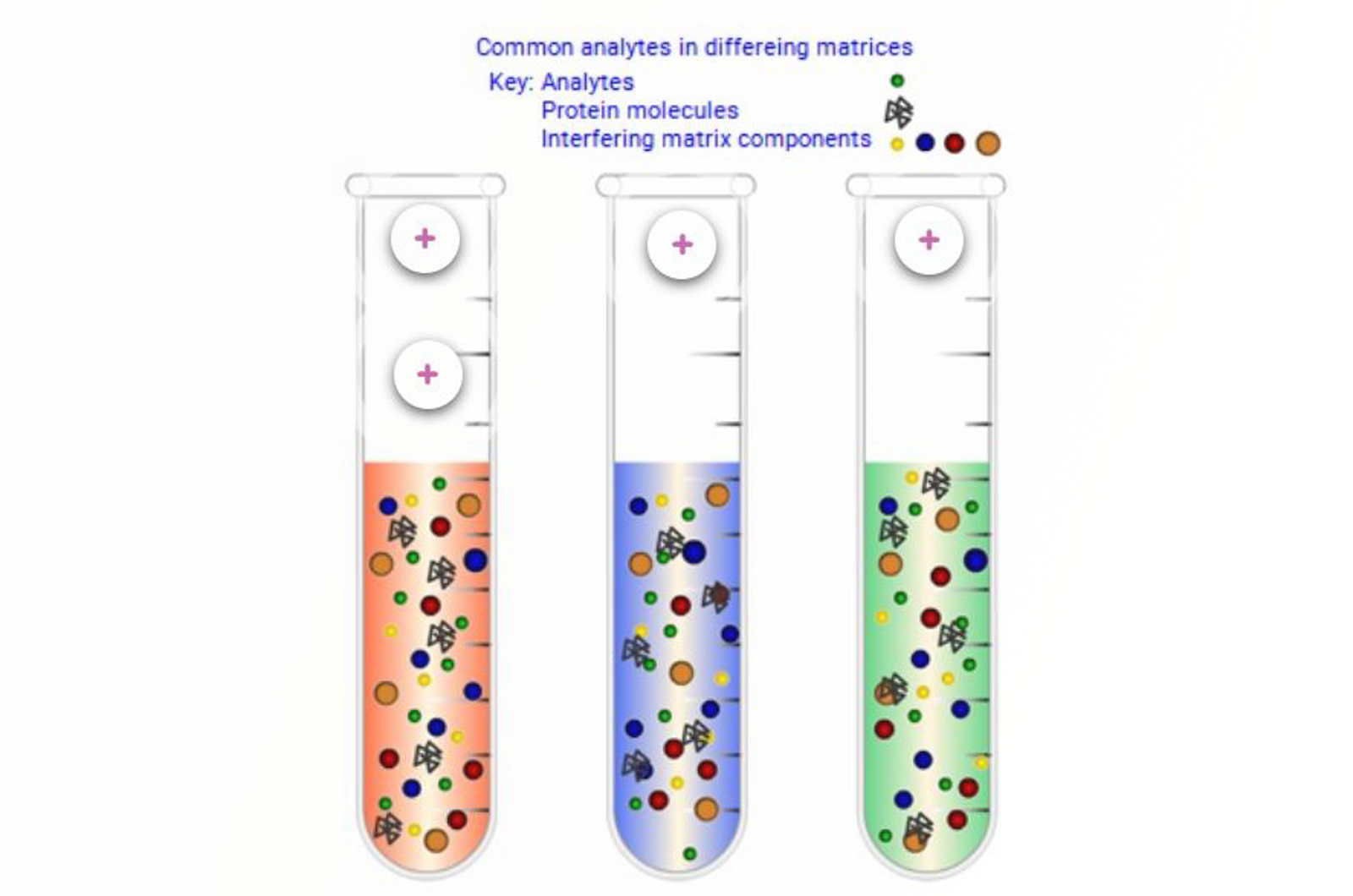Molecular Properties
This module introduces the concept of functional group chemistry as a means of targeting separation mechanisms in liquid and solid phase extraction (SPE). It explains the different types of functional group chemistry and investigates various physiochemical principles associated with different functional groups. The effects of functional chemistry on analyte solubility and analyte interaction with SPE sorbents are highlighted. The concept of pKa is discussed, and it is shown how pH manipulation can be used to increase the selectivity of SPE.
By the end of this unit you should be able to define the primary characteristics of hydrophobic, polar, ionic, and chelating functional groups, predict the affects of functional group chemistry on analyte retention with various SPE sorbents, manipulate solvent strength in SPE protocols in order to affect analyte retention or elution, predict the effect of solution pH on analyte retention in SPE, and demonstrate an understanding of chelation and protein binding as problems with solid phase extraction mechanisms.
Topics include:
- Functional groups and molecular properties
- Functional group interactions
- Hydrophobic or non-polar groups
- Hydrophobic interactions - solubility
- Hydrophobic interactions - sorbents
- Polar groups
- Polar interactions - solubility
- Polar interaction - sorbents
- Ionic groups
- Ionic groups - pH
- Ionic groups Ka and pKa
- Ionic groups - ionic strength
- Ionic interactions - solubility
- Ionic interactions - sorbents
- Chelating groups
- Chelating interactions- solubility
- Chelating interactions - sorbents
- Protein binding

